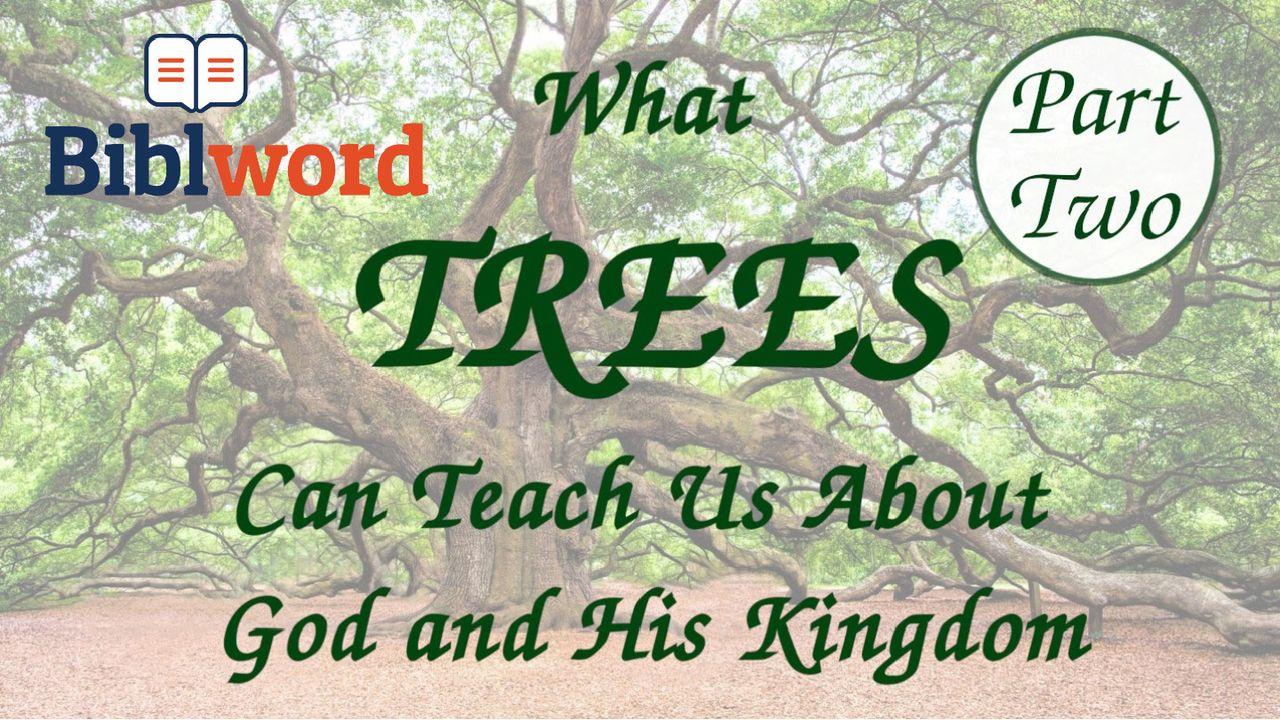What Trees Can Teach Us About God and His Kingdom — Part TwoExemplo


Non-Jewish believers and their place in the olive tree
In the early days of the church, people were wondering whether the special place that the Jewish people had in God’s covenant, meant that only they could be saved. In various Bible passages, the apostle Paul explains that this is not the case. Non-Jews, also called Gentiles, can also be saved through faith in Jesus Christ, and thus belong to God’s people. The crucial thing is not whether or not you are a Jew, but whether or not you are a follower of Jesus.
It is tragic to see that many Jews didn’t accept Jesus as the promised Messiah. Paul says they are like branches that were broken off the olive tree. But he also says that God is able to graft them in again, just as He has done with Gentiles who believe in Him.
This example of the olive tree and the branches is both a warning and a cause to thank God. It is a warning since, as the apostle Paul says, “if God did not spare the natural branches, neither will he spare you” (Romans 11:21, ESV) if you don’t believe. On the other hand, this example shows God’s endless love. He doesn’t just save Jews; He saves whoever believes in Him. People from all nations can be reconciled to God!
Escritura
Sobre este plano

When we try to find the central theme of the Bible, we might not immediately think of trees. But when we take a closer look, trees are mentioned quite often! Not as main characters or major topics, but they are frequently used as metaphors or symbolic representations of important truths. In this reading plan, we will read some Bible texts about trees, and see what we can learn from them.
More
Planos Relacionados

O Que Deus Promete, Ele Cumpre

Lidando Com a Mudança Para a Glória De Deus

Superando O Luto Com Esperança E Cura

Experimente O Cuidado De Deus

Viva a Experiência De Caminhar Pela Fé

O Melhor De Deus Para Si

Ansiedade E a Busca Da Alma Por Descanso

Revisão De Vida

O Cuidado Da Mulher Com a Saúde Mental
